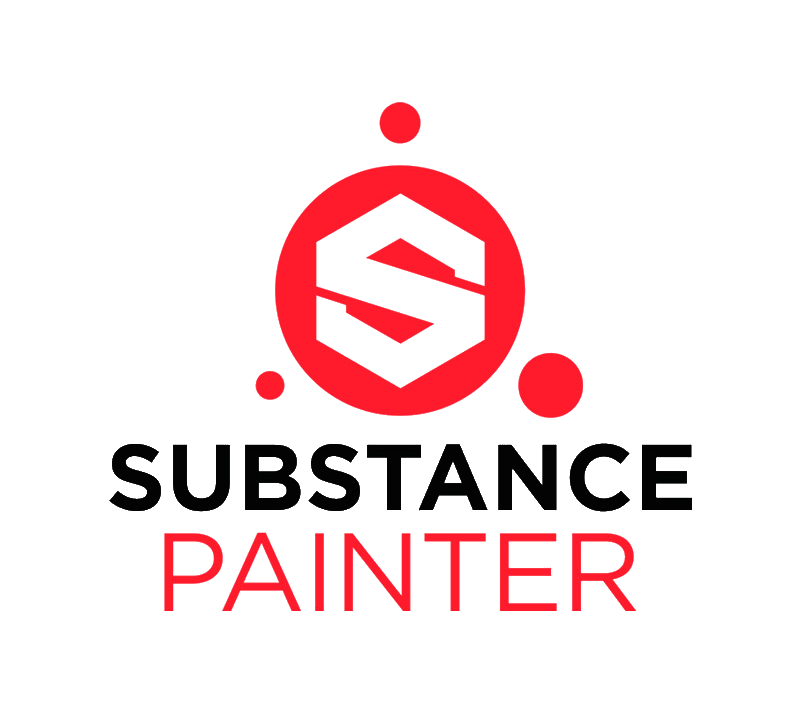
The diffuse reflection connects into the base (bsdf) port, and the fresnel layer output connects into the material surface node. Now, rearrange the connections as shown below. Tap the space bar in a blank part of the graph and type fresnel, selecting fresnel_layer that appears in the drop-down:įirst, connect the ggx node to the middle ( layer (bsdf)) port in the fresnel node:

In order to combine the reflection and the diffuse color, we will "blend" them using a fresnel node. Select the first suggested option, microfacet_ggx_smi.: In order to add reflection to the material, tap the space bar in a blank space in the graph (making sure no nodes are already selected) and type ggx. This can be useful for complicated materials. This pins the color properties to the attributes panel on the right-hand side of the screen along with all the other properties of the graph, and any other properties you choose to pin. In order to adjust this color later without having to find the specific node, right-click the tint node and choose Exposed from the options. For this example, we are using a shade of orange: Drag it out into the graph space and choose the color option from the drop-down:ĭouble-click the tint node to activate its properties in the right-hand panel. The top (yellow) input port is responsible for the tint of the surface. Drag the material surface input into the graph space and choose the first suggested node, diffuse_reflection_bsdf: Now that we have the surface node, we need to add a node that allows us to choose the diffuse color. Drag the surface (material_surface) input into the graph area:Ĭhoose the first suggested option, material_surface(bsdf, material_emission): Now we need to create a surface to apply the base color to.

Choose the first option, material(bool,material_surface,material_su.: Substance Designer populates the drop-down with the most commonly used nodes toward the top. Now we need to work our way over to creating the base color of the material.ĭrag the input connector out into the graph to activate a drop-down with a list of possible nodes to add: The material root automatically populates in the graph. Open Substance Designer and create a new MDL material by clicking the Add New MDL Material button.įor this tutorial, we are starting with an empty map. Making the Material in Substance Designer


 0 kommentar(er)
0 kommentar(er)
